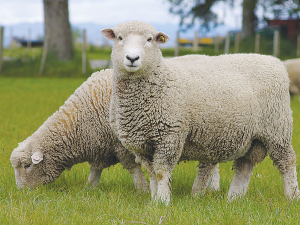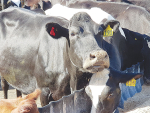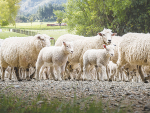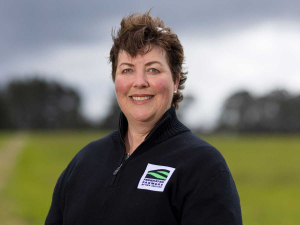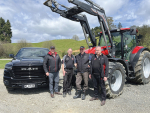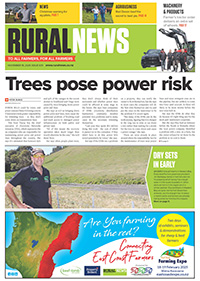A recent trial comparing the performance of two lines of rams over commercial two-tooth ewes highlights the perils of judging rams on looks alone.
The trial, carried out over the last couple of years on Beef+Lamb New Zealand’s Future Farm Lanercost, compared two lines of rams (Line A and Line B) that were similar in most breeding value traits, including growth rates.
Phenotypically, the line A rams were a better- looking bunch with a higher standard in terms of body condition and general presentation.
higher maternal worth index primarily made up by differences in reproduction (which was higher) and adult body size (which was lower).
The rams were mated together to two-tooth ewes and the resulting twin born lambs were EID-tagged and DNAsampled to determine sire parentage (Line A or Line B). These daughters were run together as one mob and mated at 8 months old.
At pregnancy scanning, there was a 30-percentage point difference between the two sire lines with the hoggets sired by line B rams scanning 125% while the hoggets sired by line A rams scanned 95%.
If all the 950 ewe hoggets were bred by line B rams there would potentially be 284 more lambs born.
Dan Brier, B+LNZ’s general manager farming excellence, says this highlights the power of using the genetic analysis tools available to farmers, such as maternal worth indices, and making use of estimated breeding values when selecting rams.
“I would suggest that anyone who wasn’t aware of the genetic information behind these rams and judged them on looks alone, would have predicted that the progeny of the line A rams would perform at a higher level.”
He says an extra 284 lambs would contribute significantly to the bottom line of a farming business and this is without any changes in management.
“It is simply about making use of the genetic tools available to help maximise the productivity and profitability of your ewe flock.”





